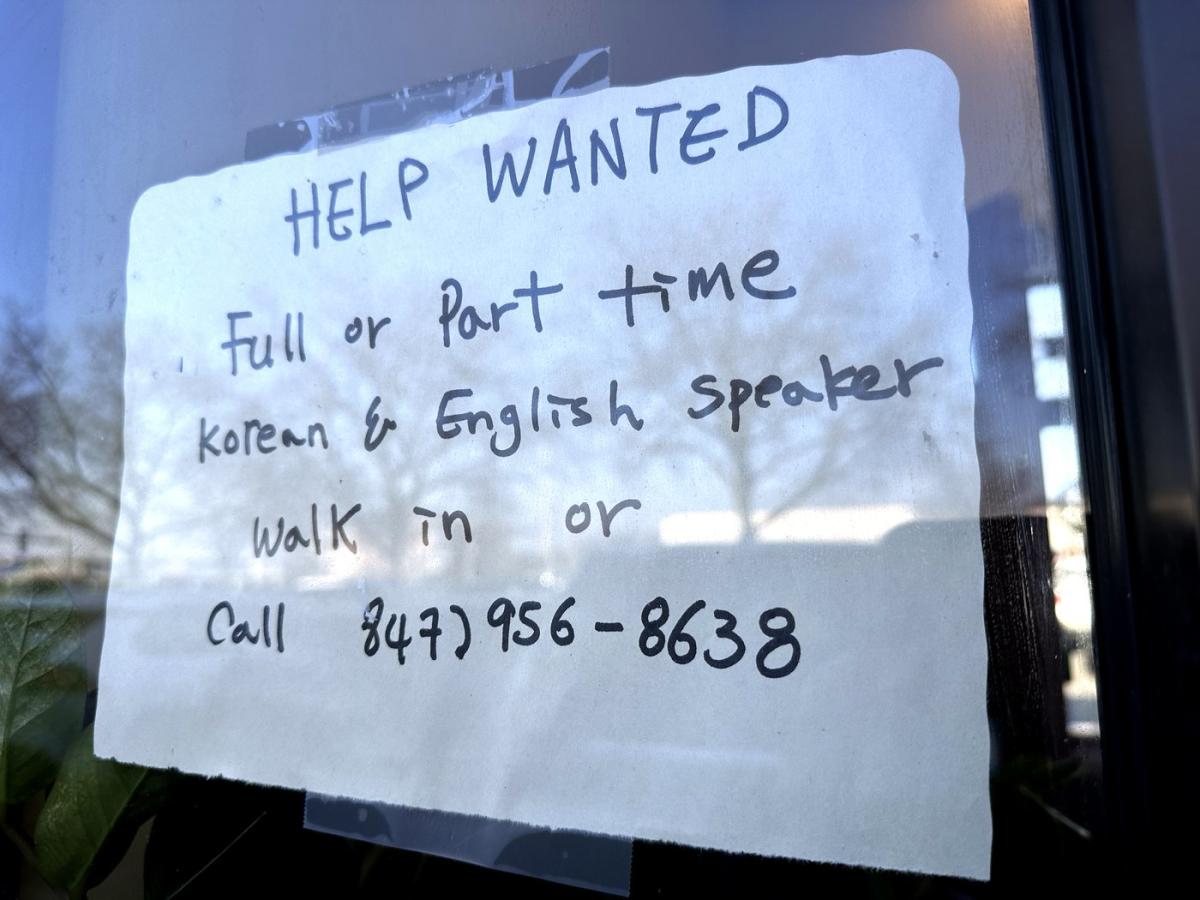


NEW YORK (AP) — Employee wages are one of the biggest costs for small businesses.
A new survey found some owners may be seeing a bit of relief when it comes to wages. But while some say wage growth has stabilized or slowed, others note they haven’t seen any moderation in their industries yet.
The Paychex Small Business Employment Watch found hourly earnings growth for workers at firms with 50 employees or less dropped to 2.89% in August. It’s the first time growth has dropped below 3% since January 2021.
“After holding steady for several months, hourly earnings growth continued to decelerate in August,” said John Gibson, Paychex president and CEO. “Falling below three percent for the first time in three years is another notable signal that the labor market is moving closer to its pre-pandemic level.”
John Wilson, the owner of Wilson Plumbing and Heating in Akron, Ohio, with more than 150 employees, said labor costs are one of his biggest expenses, making up about 50%-70% of his budget. He said he’s seen wages going up steadily over the years but he’s seeing signs of stabilization — some recent job candidates have been more open to salary negotiations, for example.
“If labor costs aren’t managed well, it could disrupt the entire business,” he said.
Albert Brenner owns a manufacturing business, Altraco, in Thousand Oaks, California. He said he hasn’t seen signs of a significant deceleration in wages yet. His top concerns right now are inflation, supply chain disruptions and the overall economy, but labor costs are one of his largest expenses.
“We are constantly balancing the need to offer competitive wages to retain skilled workers with the need to manage our overall expenses,” he said.
According to the Paychex data, one-month annualized hourly earnings growth dropped to 1.91%. The national jobs index increased 0.02 percentage points to 99.89 in August, indicating nominal year-over-year job losses. The national small business jobs index has averaged 100.37 through eight months of 2024, representing modest employment growth.
The jobs index is scaled to 100. Index values above 100 represent new jobs being added, while values below 100 represent jobs being lost.
Gibson said that the data supports broader trends of a cooling labor market and expectations that the Federal Reserve could begin lowering interest rates soon.
Josh Miller, CEO of Clean Carpets, a professional carpet cleaning service based in Austin, Texas, with six employees, said labor costs account for almost 45% of his total operational costs.
He said he hasn’t felt any deceleration in wage growth, mainly since, as a service-based business, finding skilled workers who can also run the company’s specialized equipment is always a challenge.
”The labor market in Austin is extremely competitive for skilled labor, so we continue to pay either at or above market rates to retain our talent,” he said. “Inflation may be cooling, but we continue to experience upward pressure on wages to attract and retain reliable staff.”
The Paychex Small Business Employment Watch draws from the payroll data of about 350,000 Paychex clients.
Mae Anderson, The Associated Press